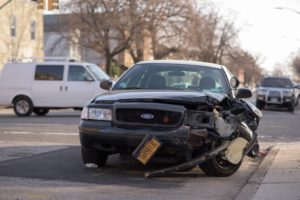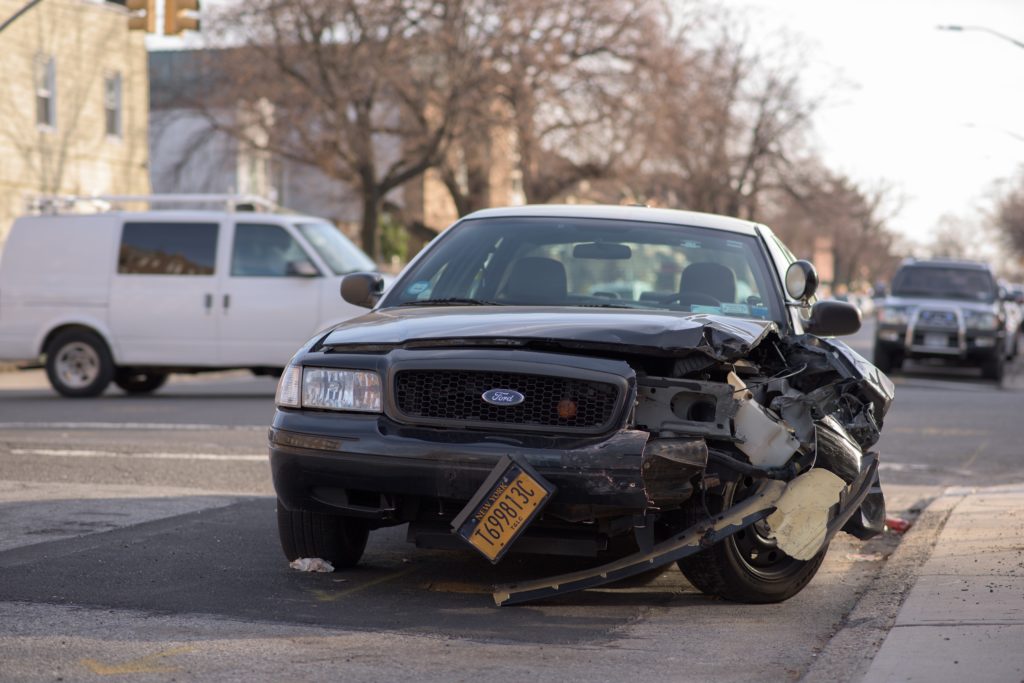 Most people know that Michigan has a no-fault insurance system, but what exactly does that mean? Anyone that’s been in a car accident and subsequently received a ticket, saw their insurance premiums increase, or received lawsuit papers knows it doesn’t mean no one is at-fault. Instead, a no-fault insurance system simply means that there are some expenses the at-fault driver is not responsible for, even though they caused the accident. If the driver that didn’t cause the accident wants insurance to cover those expenses, they need to have the appropriate coverage on their own policy. In other words, recovering anything from the other driver is not allowed.
Most people know that Michigan has a no-fault insurance system, but what exactly does that mean? Anyone that’s been in a car accident and subsequently received a ticket, saw their insurance premiums increase, or received lawsuit papers knows it doesn’t mean no one is at-fault. Instead, a no-fault insurance system simply means that there are some expenses the at-fault driver is not responsible for, even though they caused the accident. If the driver that didn’t cause the accident wants insurance to cover those expenses, they need to have the appropriate coverage on their own policy. In other words, recovering anything from the other driver is not allowed.
An example of such an expense is the cost of repairing your vehicle after an accident. If you want your vehicle to be repaired, you need to have collision coverage on your own policy—even if someone else caused the accident.
However, there is an exception to this rule.
Prior to Michigan’s new auto insurance laws taking effect in July of 2020, someone could claim up to $1,000 of out-of-pocket repair costs against an at-fault driver under mini-tort coverage (also known as limited property damage or property damage buyback coverage). If you have collision coverage with a deductible, your out-of-pocket repair costs are your deductible. If you don’t have collision coverage, your out-of-pocket repair costs are—drum roll please—the cost to repair your vehicle.
When Michigan’s new insurance laws began six months ago, the $1,000 limit was increased to $3,000. What does that mean for you? It means that having mini-tort coverage on your policy is more important than ever (3x more important, to be exact!). If you have PLPD or a high collision deductible, you can now recover up to $3,000 from another driver.
So, what steps do you need to take if you’re involved in an accident and you have PLPD or a collision deductible to ensure you recover the amount you’re entitled to? Here is a small list of tips to help ensure a smooth process:
- First and foremost, make sure you and anyone else involved in the accident is okay.
- Call the cops. Will they always come to the scene? No—but call them anyway. If they will, they’ll write up a crash report on the spot. If they won’t, ask them how to go about filing one yourself (they’ll most likely tell you to do so online). The other driver might admit fault at the scene of the accident, but don’t count on them doing so when they find out they might owe you $3,000. A crash report holds much more weight than a verbal admission of fault.
- Ask for the other driver’s name, address, phone number, and email address. Get the same information for any passengers or other witnesses.
- Take a photo of the proof of insurance and driver’s license of the other driver. “Proof of insurance?” you ask, remembering that Michigan is a no-fault state. Yes—if they have mini-tort coverage on their policy, it will pay you on their behalf. If they don’t, you’ll need to try to collect from them personally. If you’re thinking that you don’t want to be rear-ended by someone that has DIY insurance, you’re right!
- Take photos of both vehicles. Don’t have space on your phone? Maybe it’s time to delete that screenshot of the Lions’ schedule… The season is officially a bust anyways.
- Discuss what happened with the other driver. Do they agree with your description of the accident? If you want the process to go as smoothly as possible, you’ll need the other driver to cooperate, so be as polite as possible!
- Call us! We’re happy to help guide you through the rest of the process.

